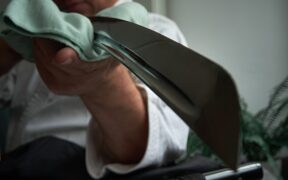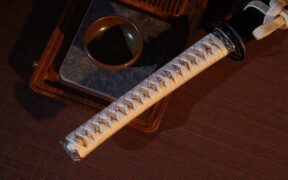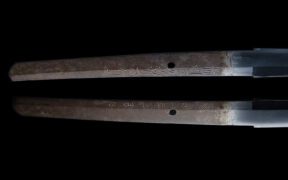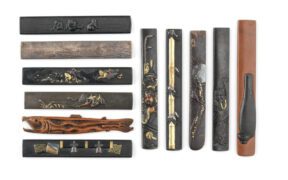What is Zukuri in a Japanese Sword?
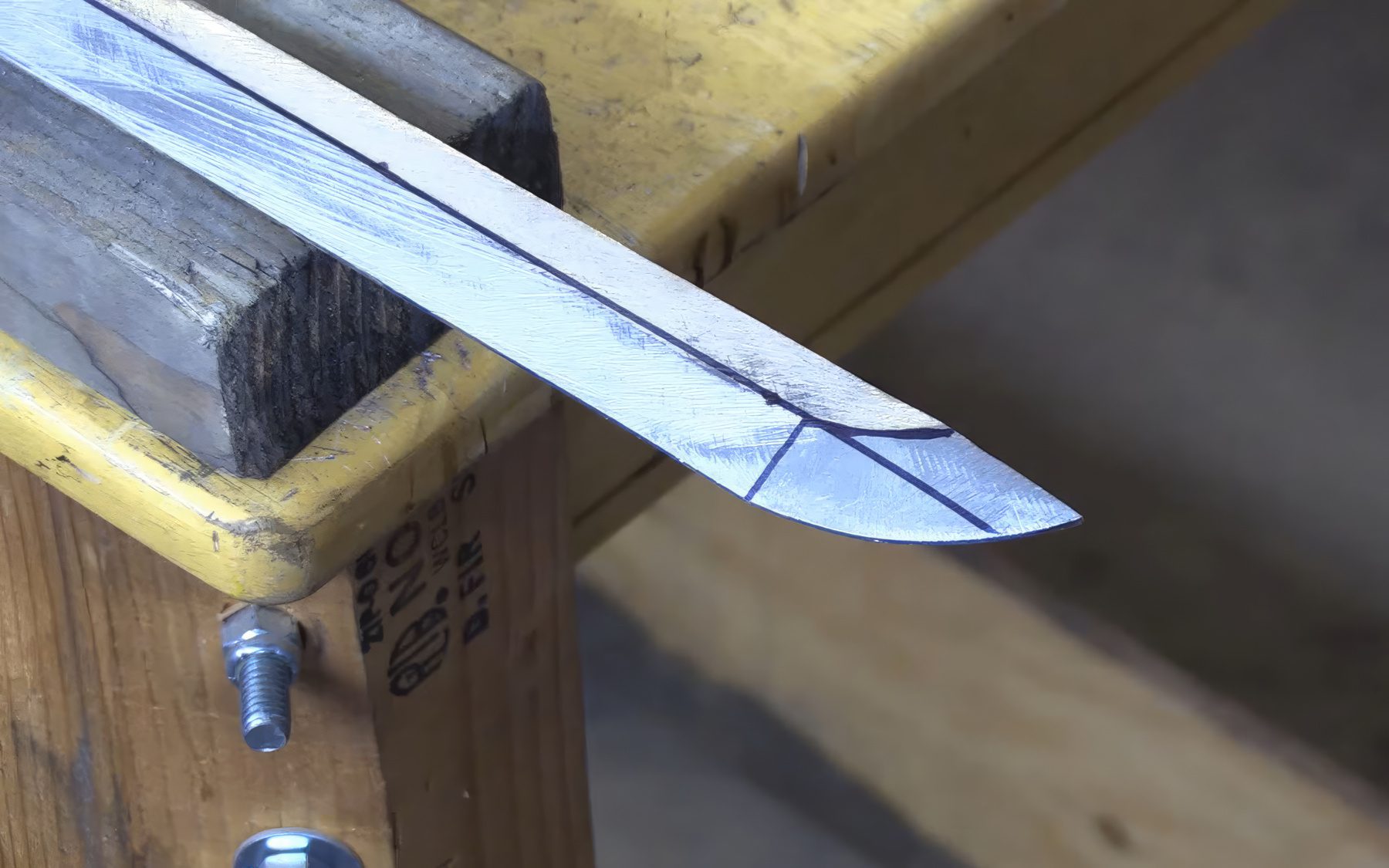
The zukuri in a Japanese sword refers to the blade’s shape, form, or construction design, signifying various elements. Originating with the early single-edged Japanese blades, many zukuri were formed through the years by different sword schools, regions, eras of armored or unarmored battles, and legendary blacksmith tales. The zukuri is crucial in a Japanese blade because it alters its aesthetic appeal and defines its functional prowess.
This article will delve into the world of the zukuri blade shapes. We will first explain the many different types and what makes them unique. Then, we will examine how the zukuri are made by blacksmiths and their evolution through the different eras by looking at their history.
Types of Zukuri Shapes
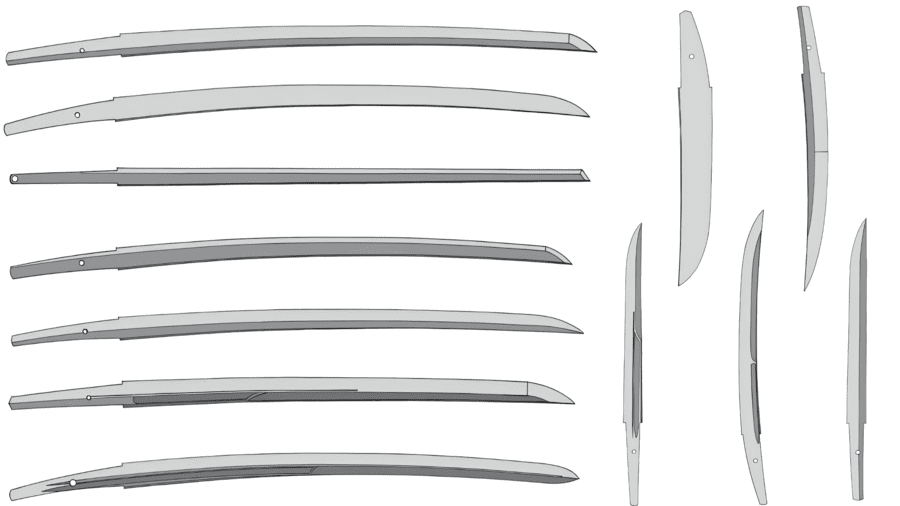
The zukuri shape gives the sword different characteristics, such as making it lighter by having larger fullers or changing its weight distribution from the tip to the hilt. The zukuri makes the sword aesthetically pleasing with more decorative elements, or it can make it simple and easier to craft with a flat surface. Zukuri shapes can differ based on blade creations, such as the cross-section, width, and length. The curve, ridge-line, well-defined or non-defined blade tip area, thickness, fuller shapes, and the general form of the blade can also differ.
Based on these attributes, some zukuri shapes are frequently seen in antique Japanese swords, such as the tachi, katana, wakizashi, tanto, and modern nihonto replicas.
- Shinogi-zukuri – has a shinogi ridge line running across its center
- Hira-zukuri – flat without a shinogi ridge line and no defined tip area
- Kiriha-zukuri – straight blade with a small tip area and a ridge line near the edge
- Katakiriha-zukuri – featuring two different types of zukuri on either side of the blade
- Shobu-zukuri – has a shinogi ridge line across its center without a defined tip area
- Nagamaki-zukuri – ridge line across the center with fullers and strong bevel toward its spine
- Kogarasu-zukuri – single-edged blade with broadened and thickened double-edged tip
- Moroha-zukuri – straight or curved with asymmetric ridge-line and double-edged blade
- Kanmuriotoshi-zukuri – featuring fullers and a much thicker spine in the second half of the blade without a well-defined tip area
- Unokubi-zukuri – fullers with the weight distribution being near the hilt with a thin center and a thickened tip
- Osaraku-zukuri – extended and wider in the second half of the blade with a marked blade tip area near the center
- Hocho-zukuri – broad and wide blade with flat sides and no marked tip area
Making of the Zukuri

To be able to make the zukuri blade shape, the swordsmith needs to create a steel blank, which is called sunobe. Then, the blank steel blade with its tip is formed through extensive hammering, heating, and precise measurements of the blade’s width and length. Once the correct dimensions are selected, depending on the type of desired blade shape, the smith further defines them with additional forging and heating until the blade is well-defined and has a single-edge and a pointy blade shape.
The smith now must delineate all the parts of the blade, such as the tang, the cutting edge, the back surface, the point, and the shinogi ridgeline. This is done in the hizukuri process, where the sunobe is heated just right, not too cold or hot, and worked on one section at a time. The main smith uses a small hammer by the main smith, and it is further developed with a sledgehammer by his assistants. The blade will have its proper shape at the end of the hizukuri stage.
The shape of the zukuri can be modified by the different blade traits, such as its sori curvature and the type of kissaki blade tip. This process is difficult to achieve correctly, and it takes qualified swordsmiths three to five years to master fully. The zukuri shape is further polished and refined in the next stage, called shiage.
History of the Zukuri
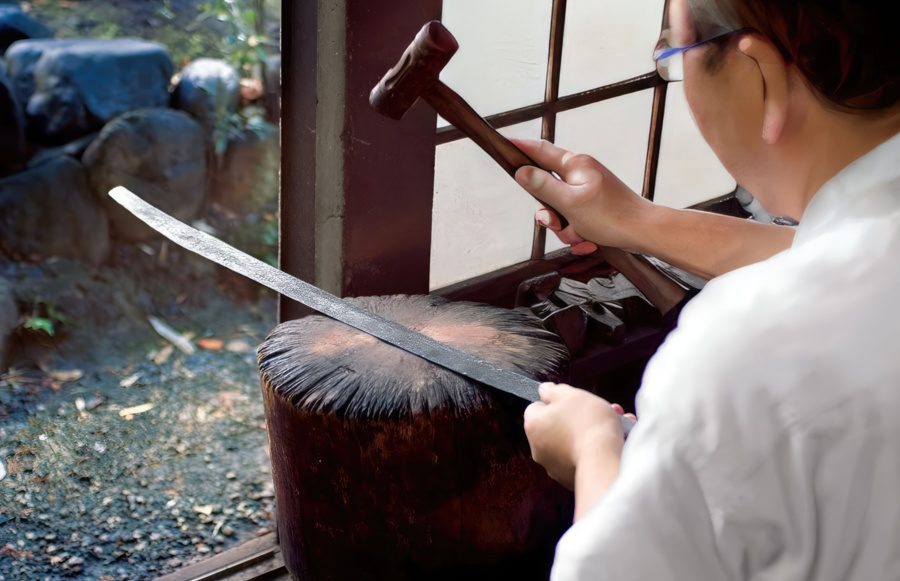
The earliest swords of Japan, similar to many other cultures worldwide, were straight-bladed and essentially a larger version of a dagger. The blade shape, or the Japanese single-edged zukuri, wasn’t evident in these early forms, particularly in the tsurugi or Ken double-edged sword. With time and the increased influence of China and Korea, the Japanese single-edged chokuto sword emerged in the Kofun period (250-538 CE), which held the earliest forms of zukuri.
Early chokuto swords had straight blades with flat sides known as kiriha–zukuri. Still, the later versions would feature the shinogi–zukuri with parallel sides accompanied by a large bevel close to the edge line. Some examples show a thicker and wider blade with a kissaki–moroha–zukuri made in Japan before the 8th century alongside the Chinese-styled straight sword of the period. Another popular zukuri type was the katakiriha–zukuri, which might have been used only for ceremonial blade shapes.
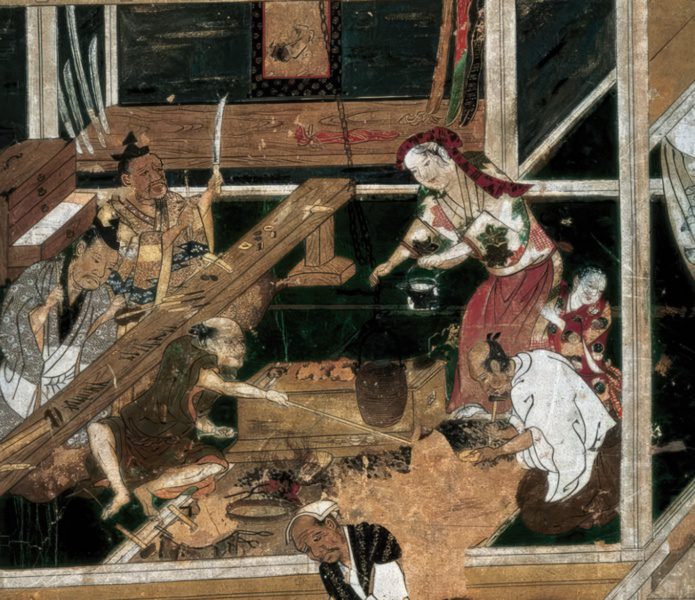
These early zukuri styles would partly be kept, but during the late Heian period (794-1185), the modern zukuri Japanese blade shapes were formed. The shinogi, or ridgeline, will be moved high above the cutting edge, giving it a much more acute angle than the previous chokuto swords.
This zukuri evolution would peak during the Kamakura period (1185-1333) when powerful curved battle swords, such as the tachi and later the katana, would be formed. Many Japanese swordsmiths and Gokaden schools from different prefectures emerged with their own blade shape style similar to modern Japanese zukuri shapes.
